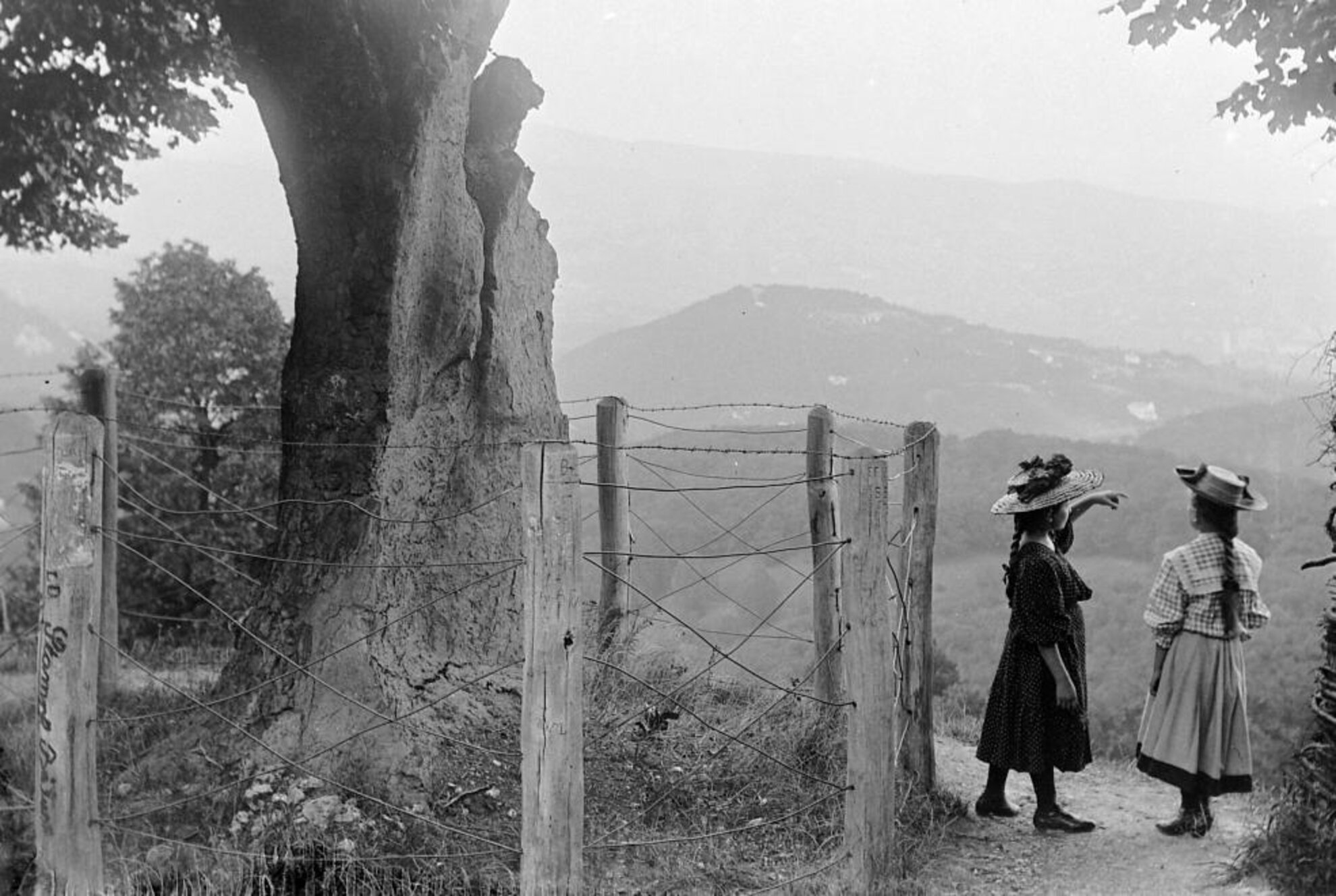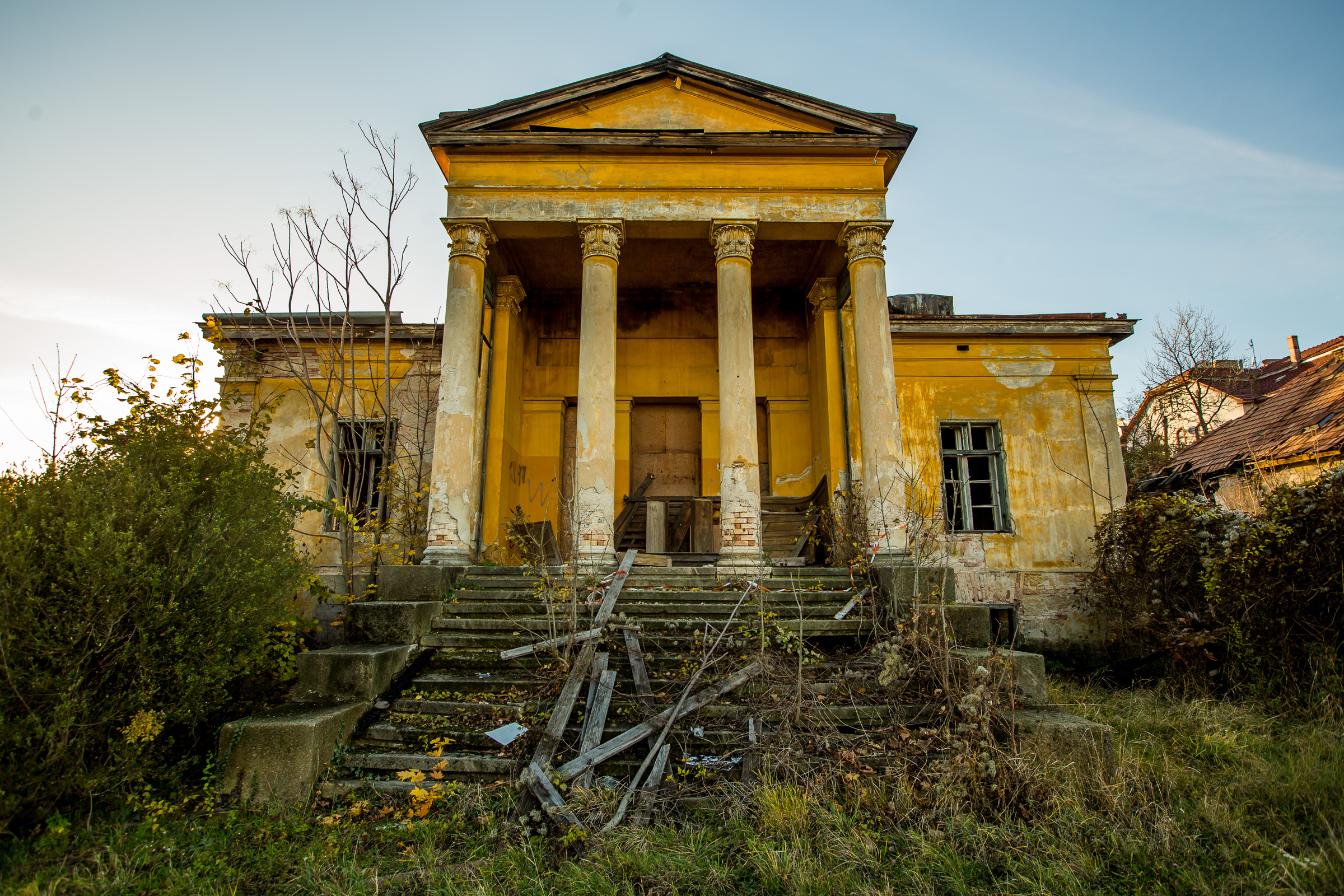District XII is beautiful both in winter and summer, so enthusiastic hikers can be seen strolling here all year round. To uncover the deepest secrets of this leafy neighborhood, however, you must tour the hills in the late fall or on a sunny winter’s morning.
Judges and prosecutors on the slopes of Sváb Hill
The Housing Complex of Judges and Prosecutors (Bírák és Ügyészek Lakótelepe) was built a few minutes away from Déli Railway Station, on the southern slopes of Sváb Hill. This late Art Nouveau quarter, consisting of almost 40 villas, was designed by Aladár Árkay just before World War I.
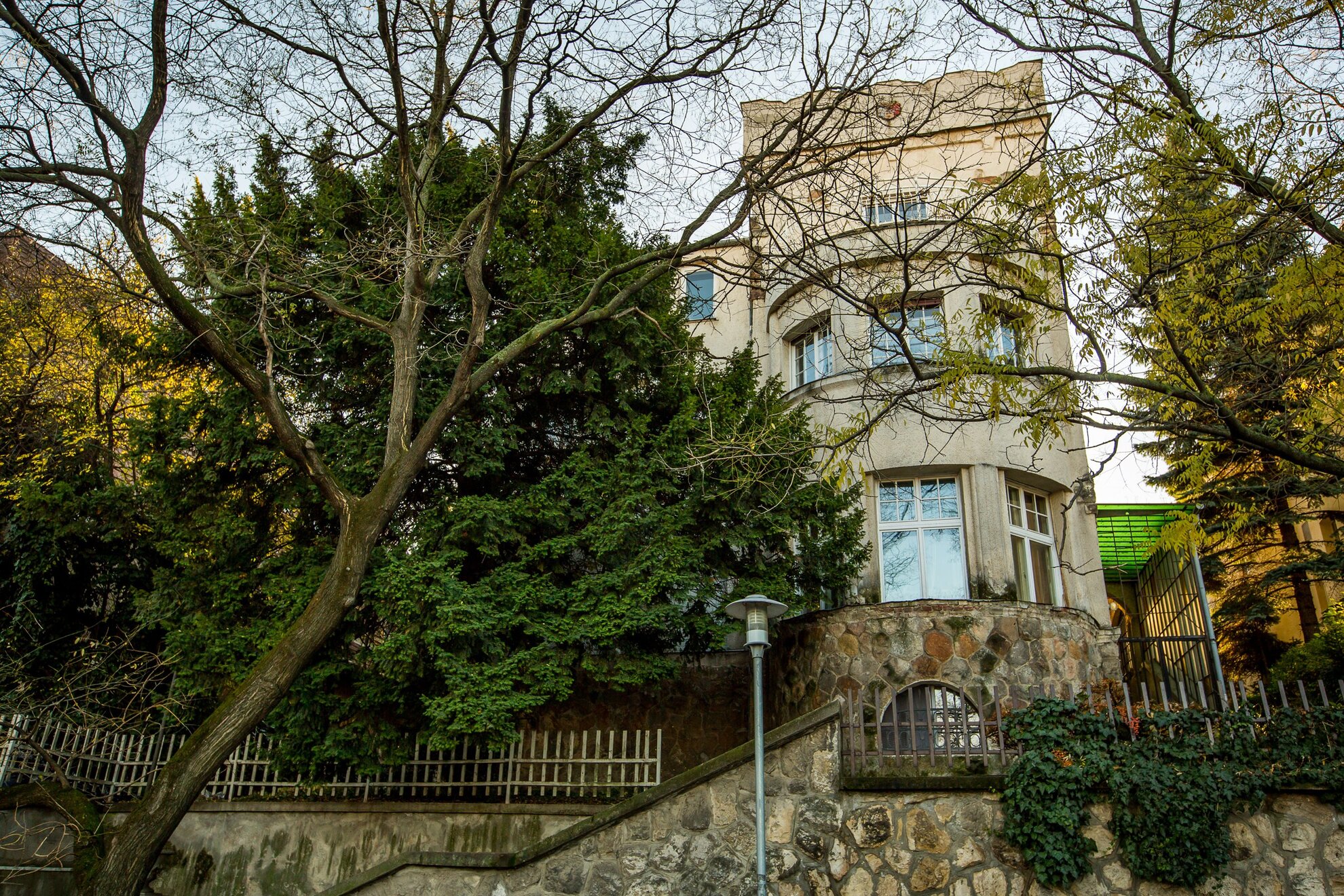
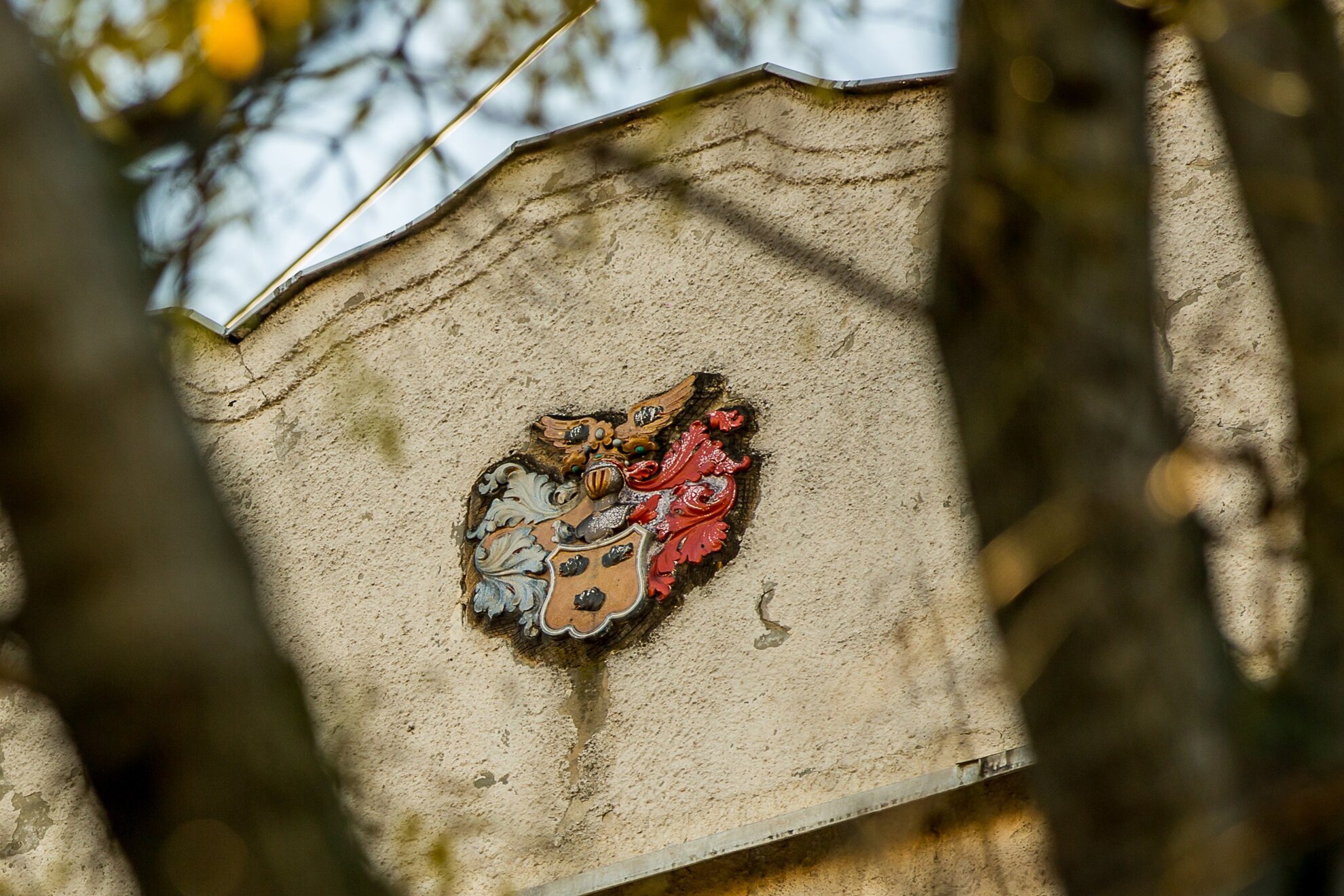
The “housing complex” was built in only two or three years, and the namesof the streets separating the new plots reflect the profession of the commissioner, bearing the name of Hungary’s most famous jurisconsults and judges.
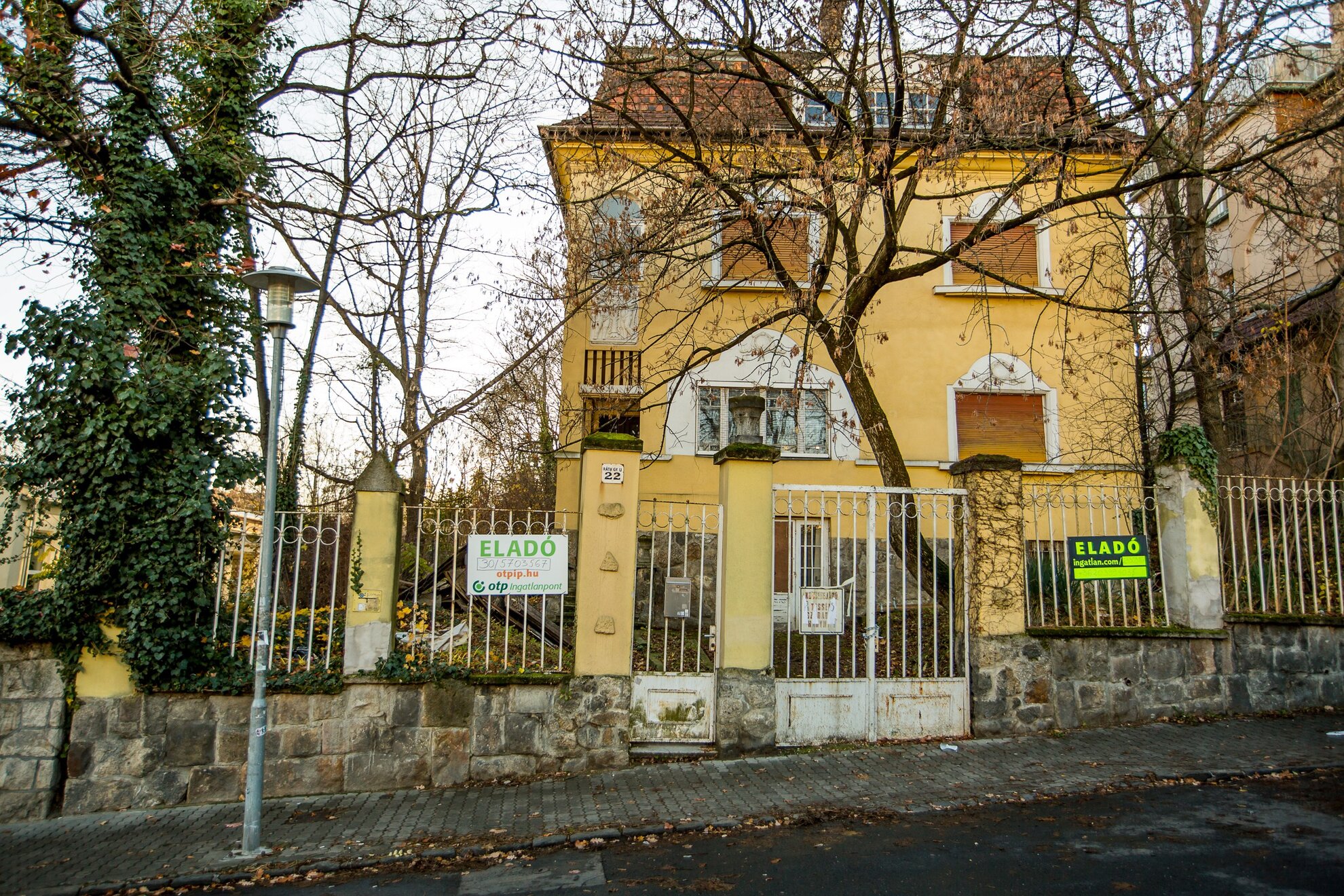
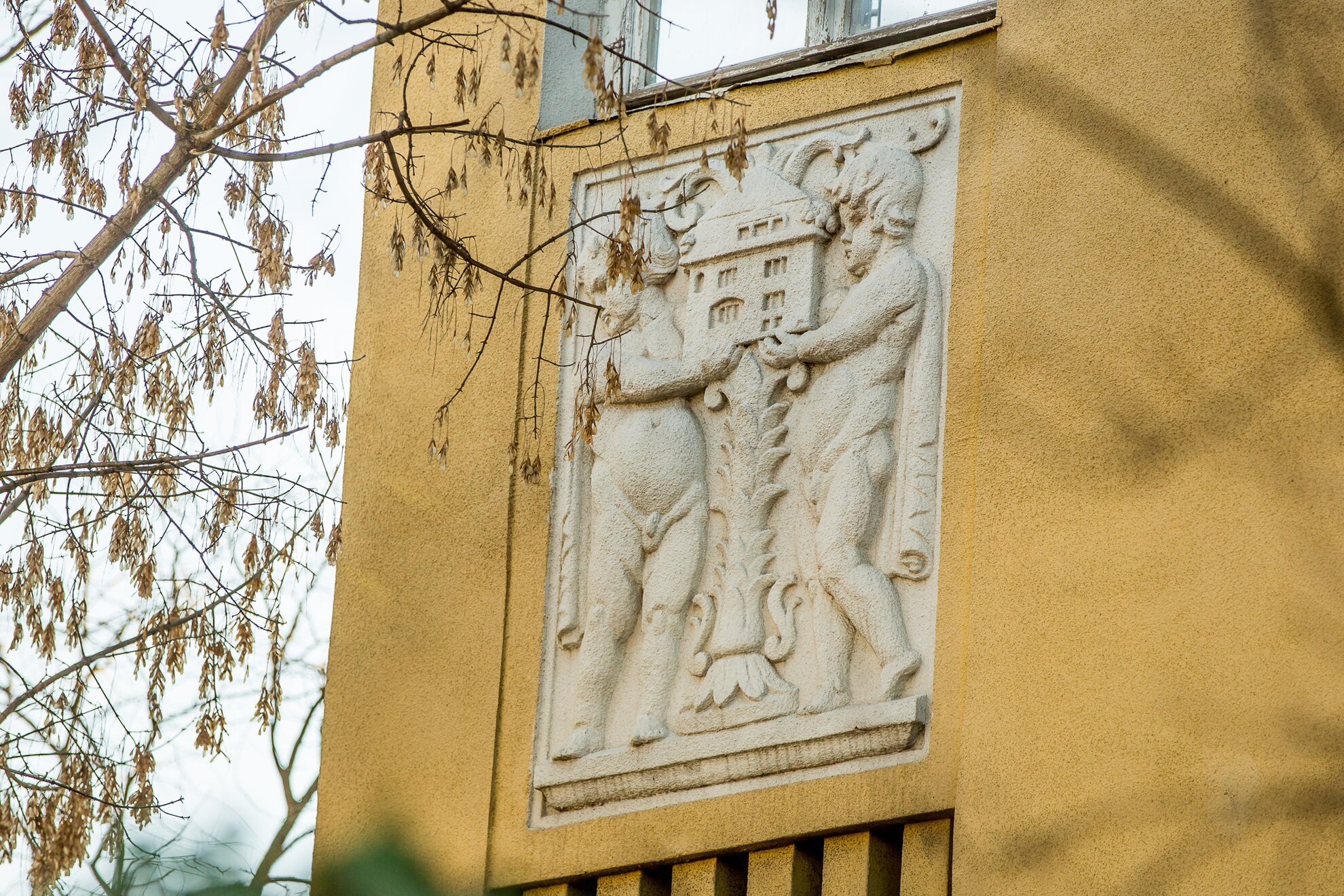
The façades of many buildings around this small quarter became worn during the 20th century, but have slowly begun to regain their original splendor – especially those under heritage protection in Ráth György Street. Buildings not only show the folkish Art Nouveau style elements of Károly Kós, but also impressions of German Jugendstil and the early houses of American architect Frank Lloyd Wright.
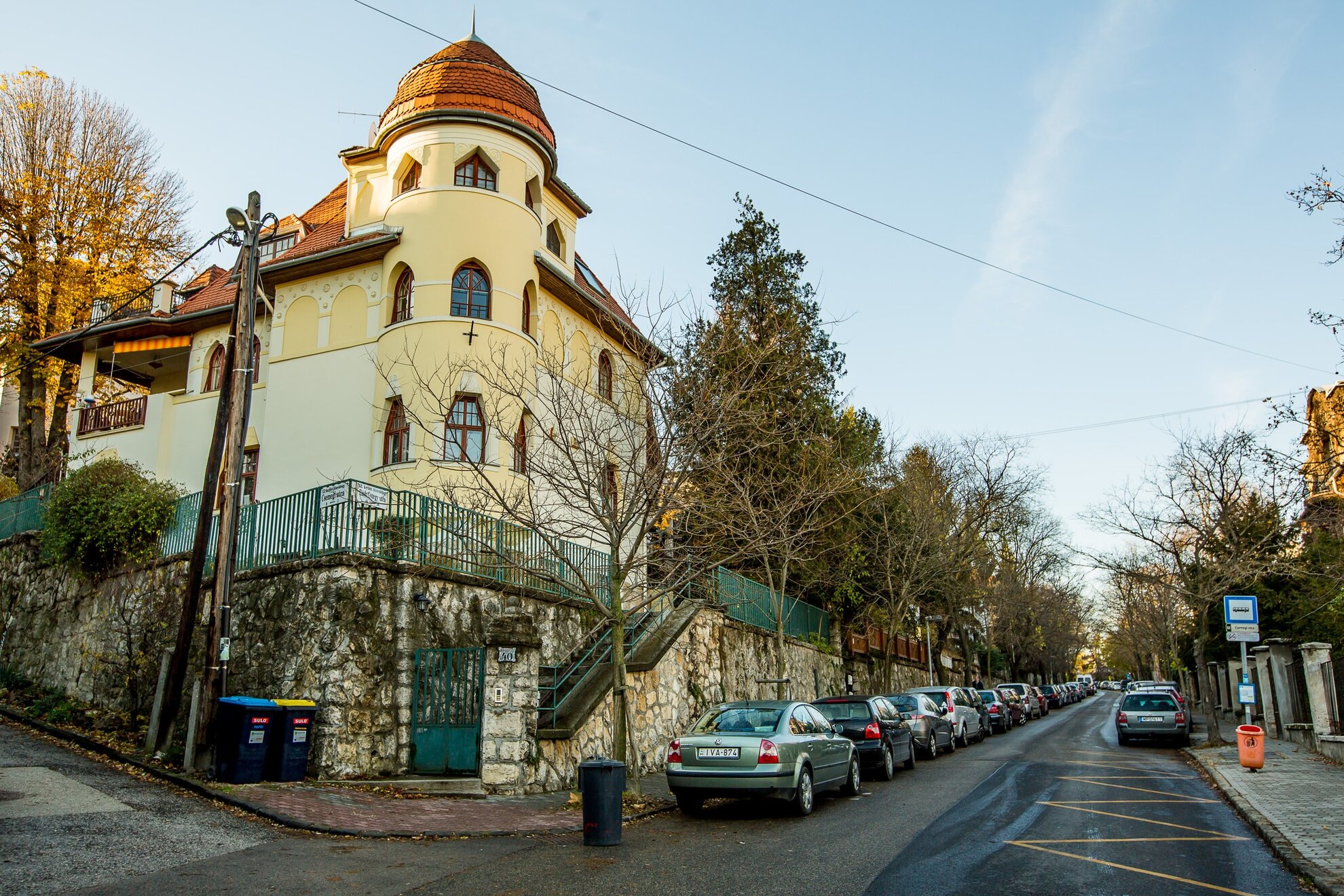
The preamble of Hungarian modernism at Városmajor
Turning into Alma Street from Határőr Street, the continuation of Ráth György Street, you immediately come face to face with one of the hidden beauties of Hungarian modernism and Bauhaus. This vibrant burgundy villa was designed by the son of Aladár Árkay, Bertalan.
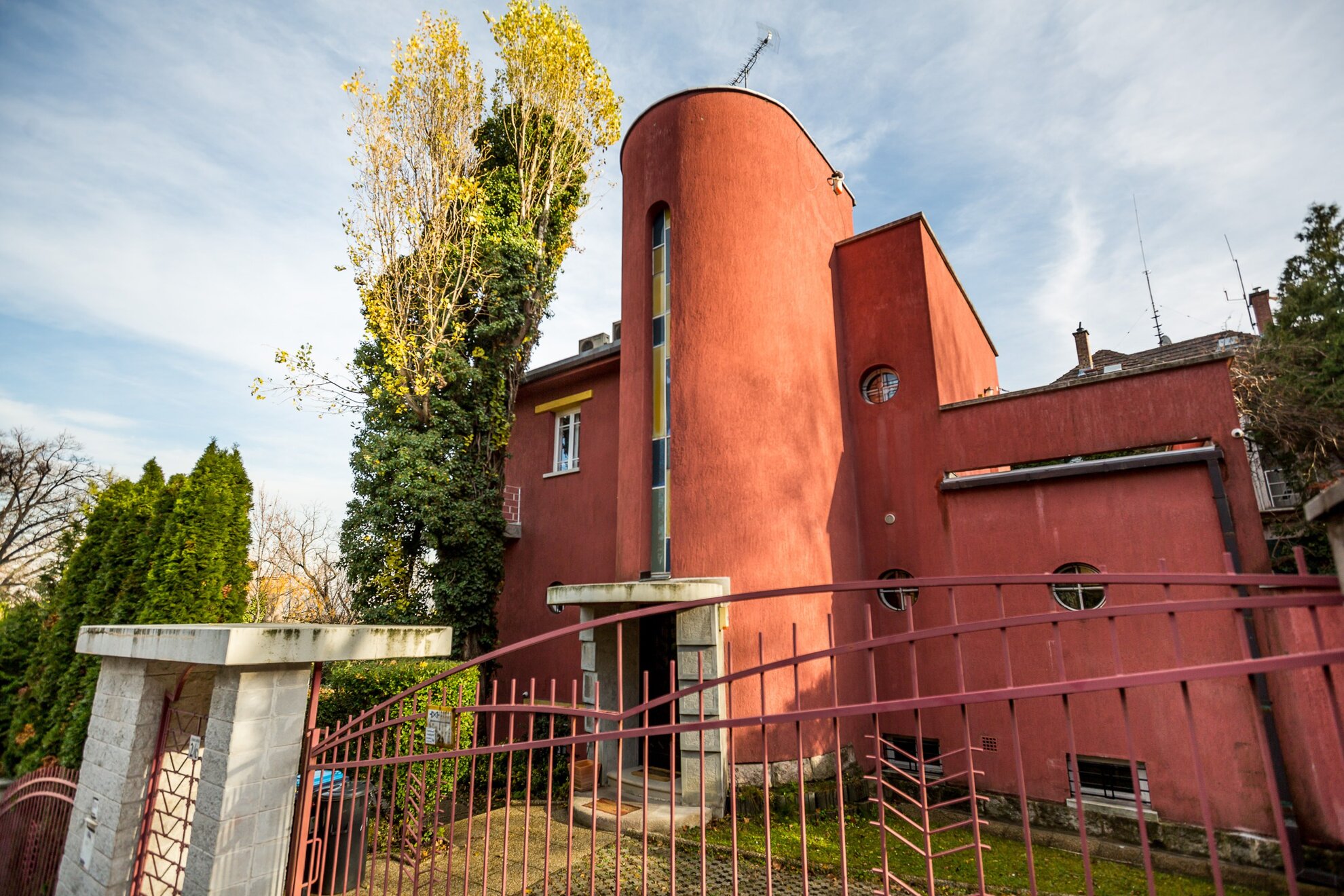
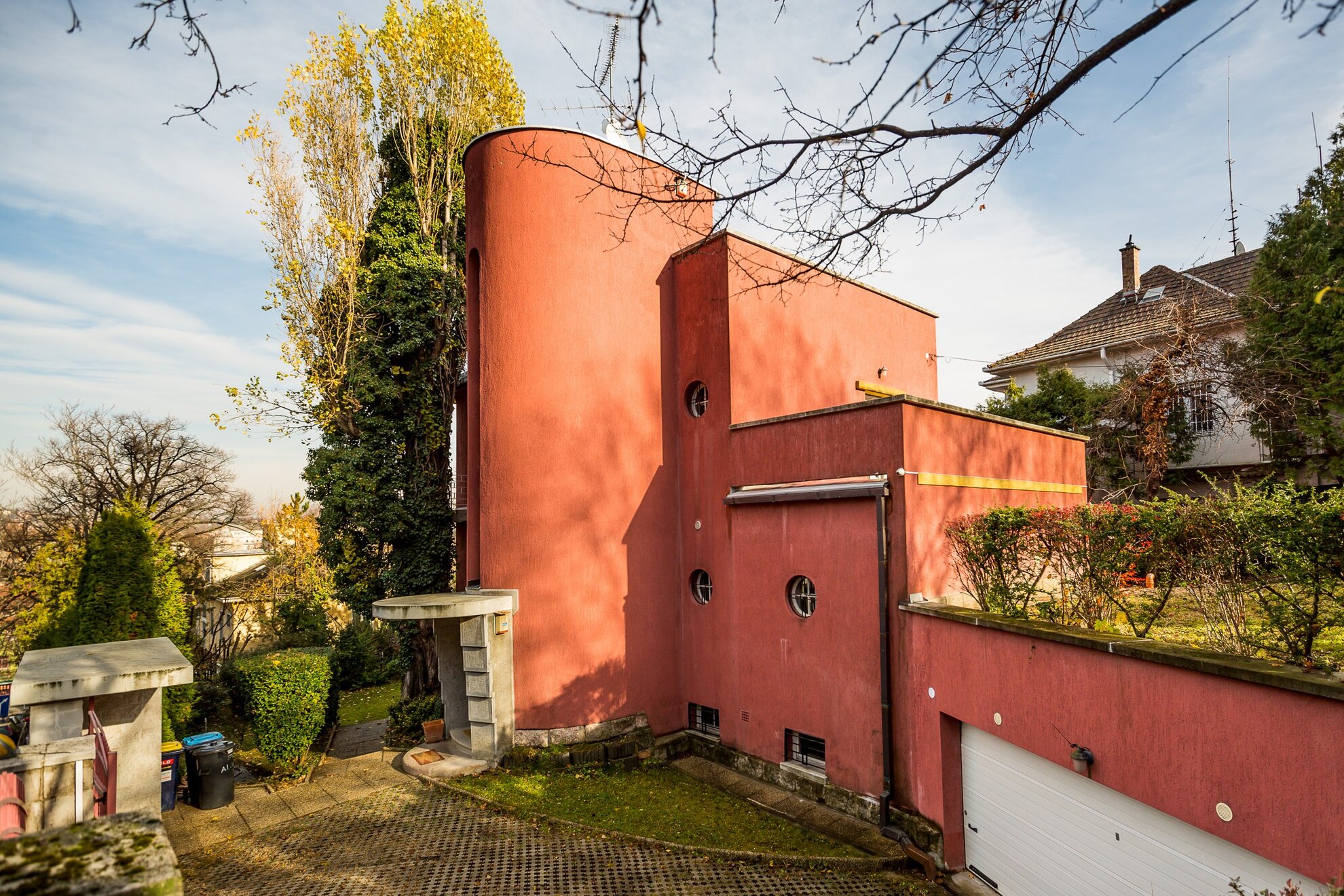
Bertalan Árkay lived in a self-designed villa on the corner of Alma Street, which also housed the workshop he and his father used. This castle-like building is decorated with Transylvanian folk motifs and a colorful, subtle mosaic decor.
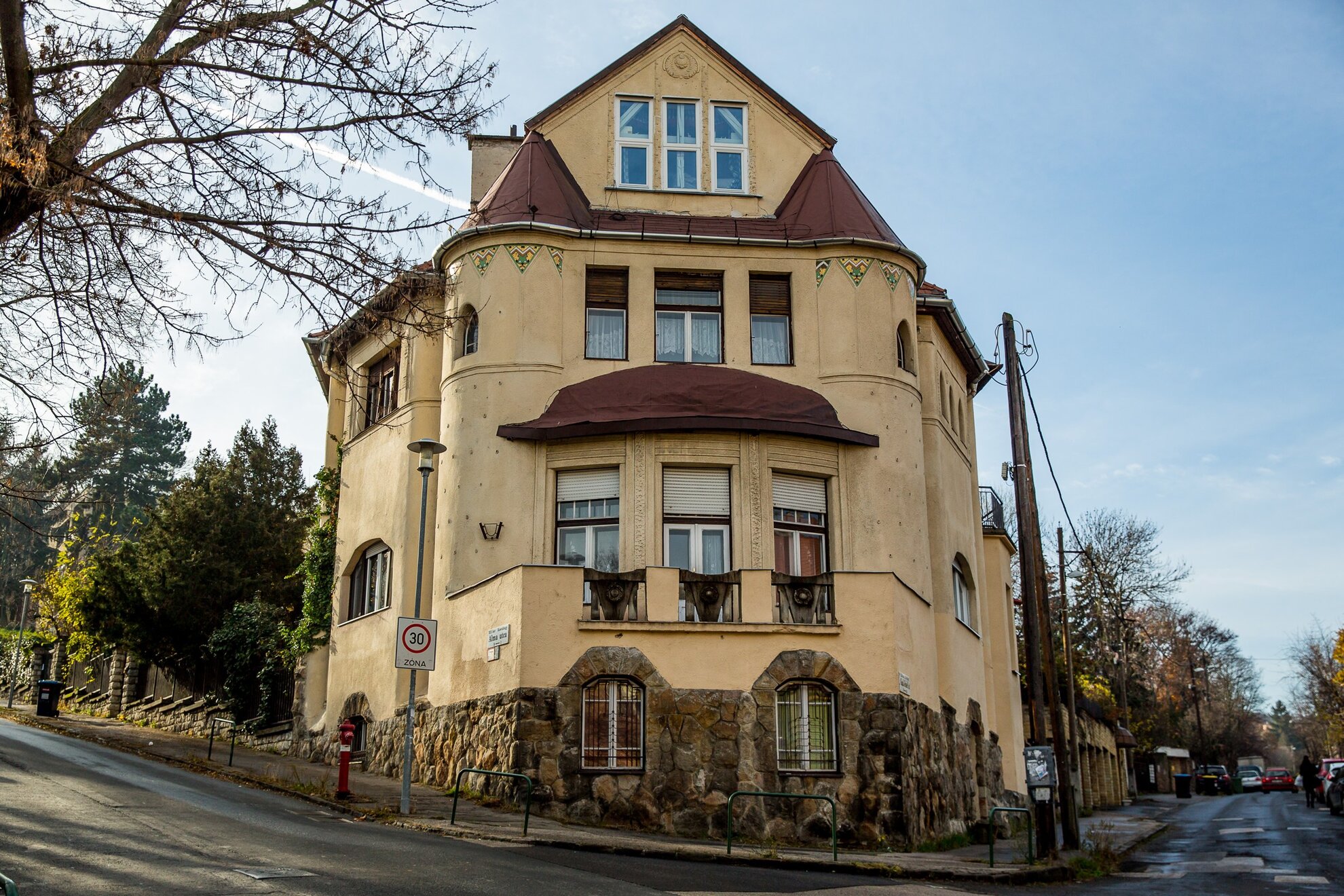
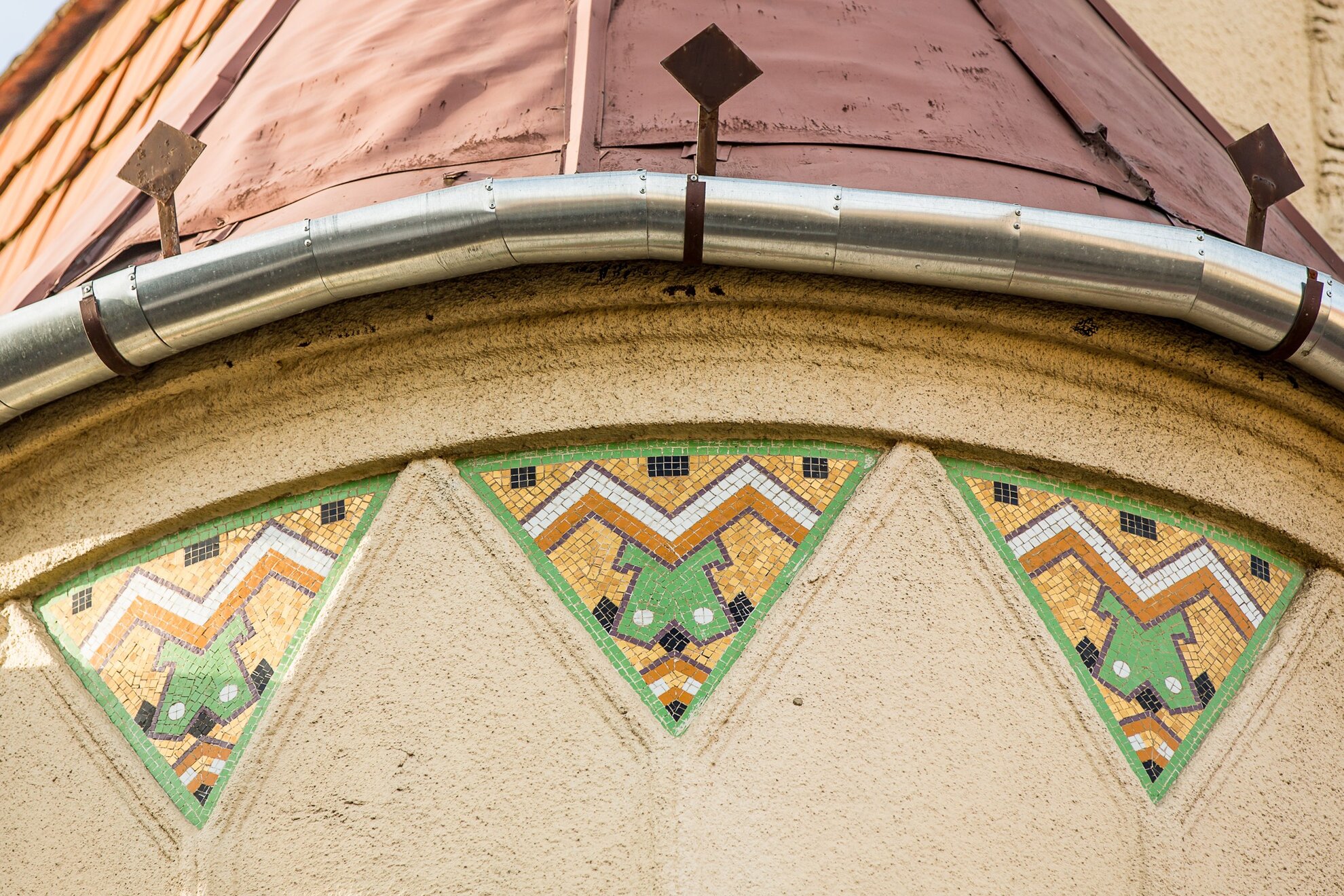
In Városmajor Street, you can admire the recently renovated Barabás Villa, which preserves the memory of an era when the neighborhood served as the hiking and holiday destination of the elite. The summer house of renowned Hungarian portrait painter Miklós Barabás once entertained composer Franz Liszt and Archduke Joseph, the last man to be made Field Marshal of the Austro-Hungarian Army. Today, the villa serves as an exhibition space, wedding hall and an event center; the garden is open and free to enter on weekdays.
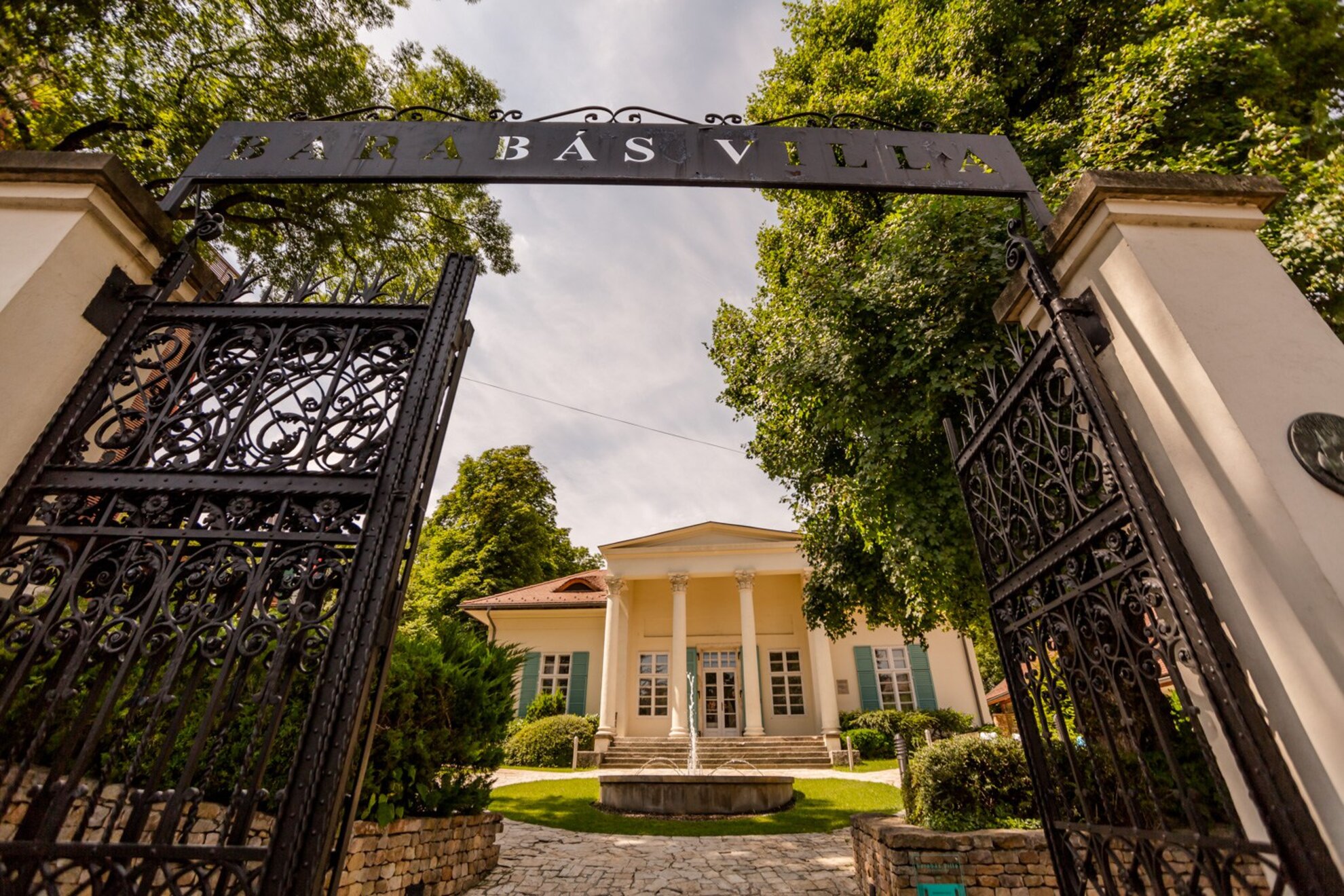
In case by now you're getting hungry, you can drop into Panificio il Basilico, located on the corner of Csaba Street, for a delicious cake before continuing on your hillside adventure.
The iconic bell tower of the Heart of Jesus Church demands closer inspection, as well as the whole building. Budapest’s first modern, reinforced concrete church caused a bit of a public outrage among the congregation when handed over in 1933, but the community soon got used to the unusual structure. Aladár Árkay begun designing the church and after his death, his son Bertalan continued the work.
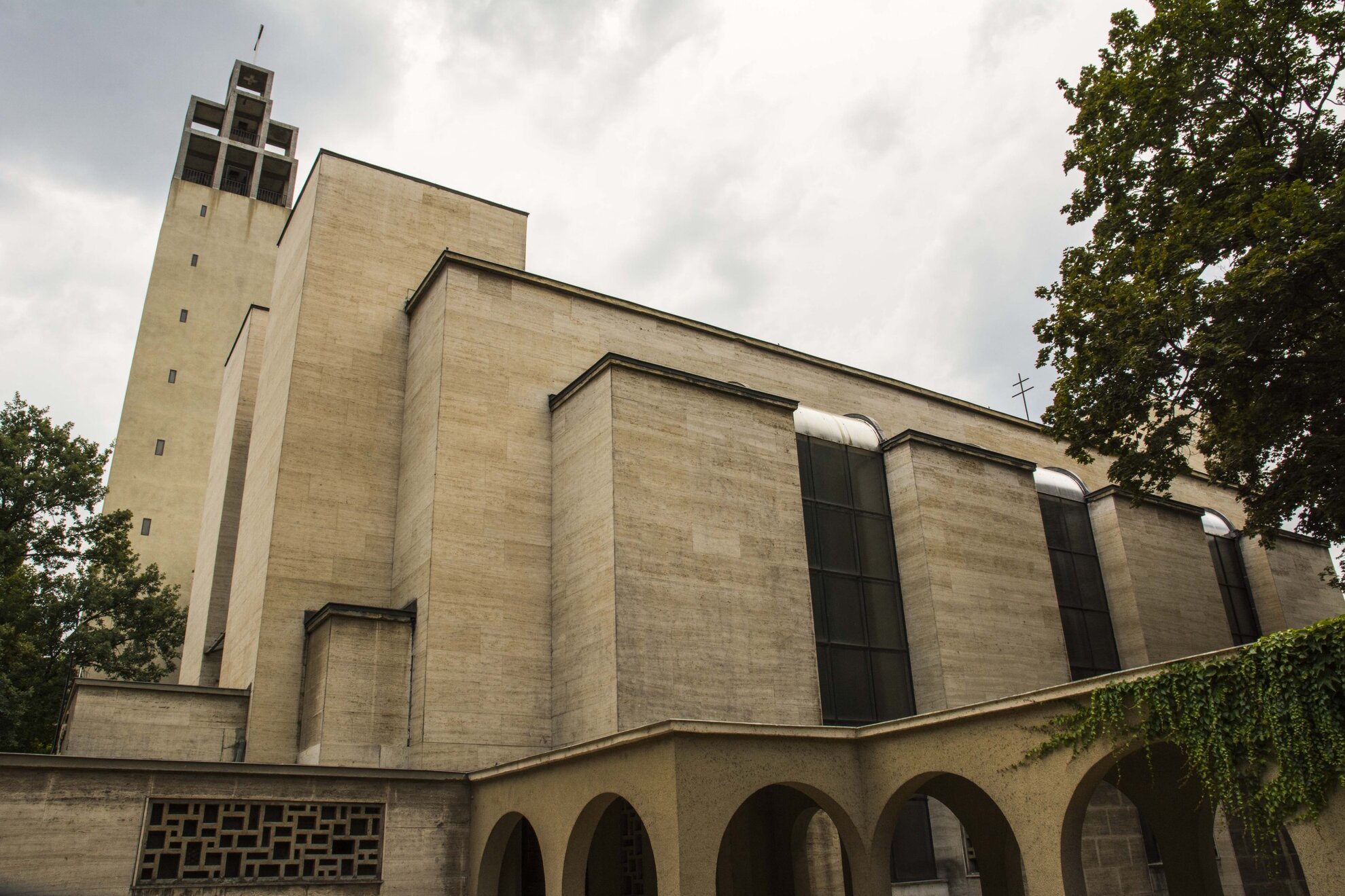
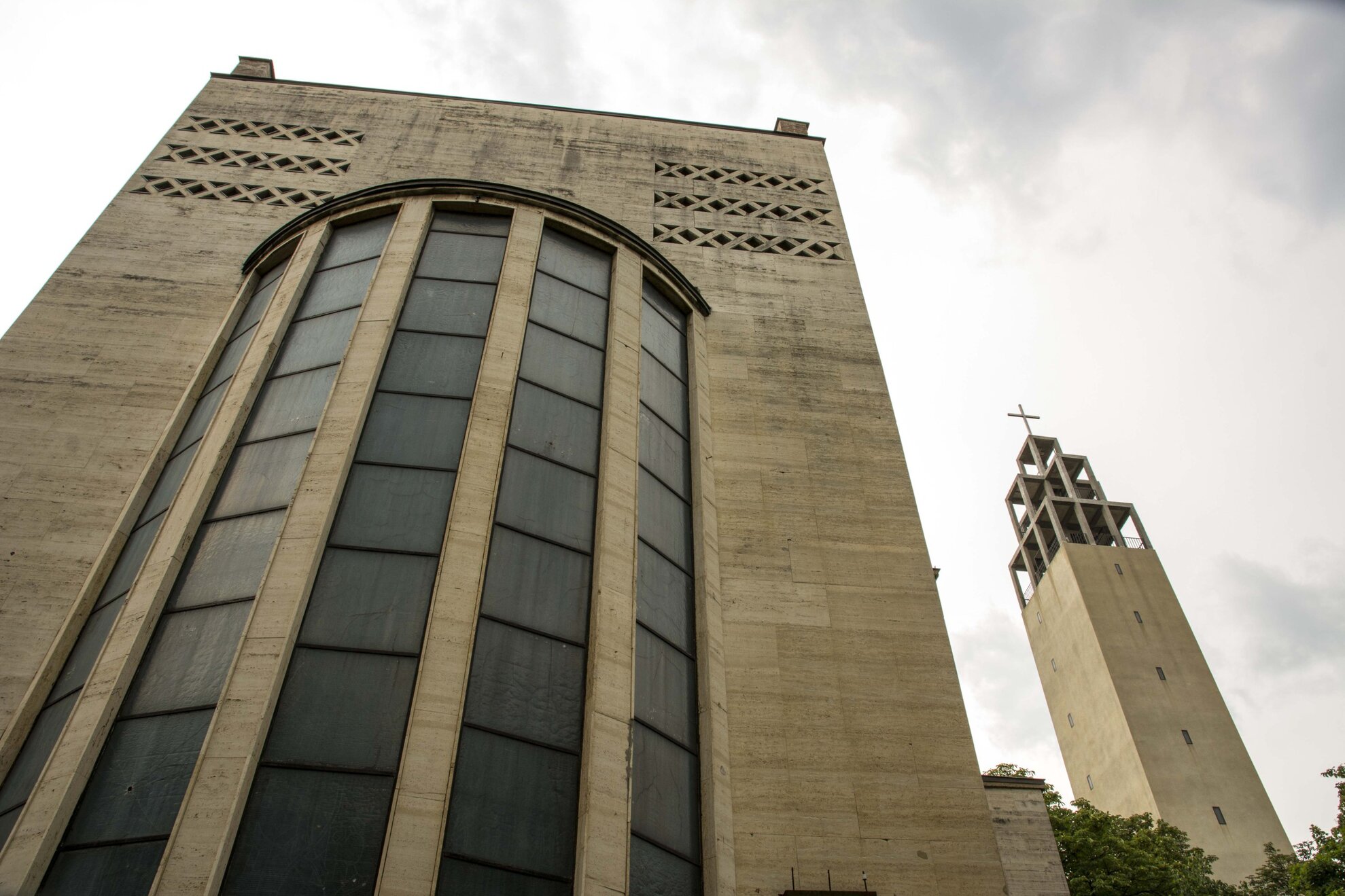
Few know that the separate bell had to be built farther away from the church because of the covered Devil’s Ditch (Ördög-árok) under your feet. The regulation and covering of this capricious waterway began in the 1870s, but even during the operation, the banks burst and water swept away nearby houses whenever there was sudden rainfall, making even the cogwheel railway inoperative.
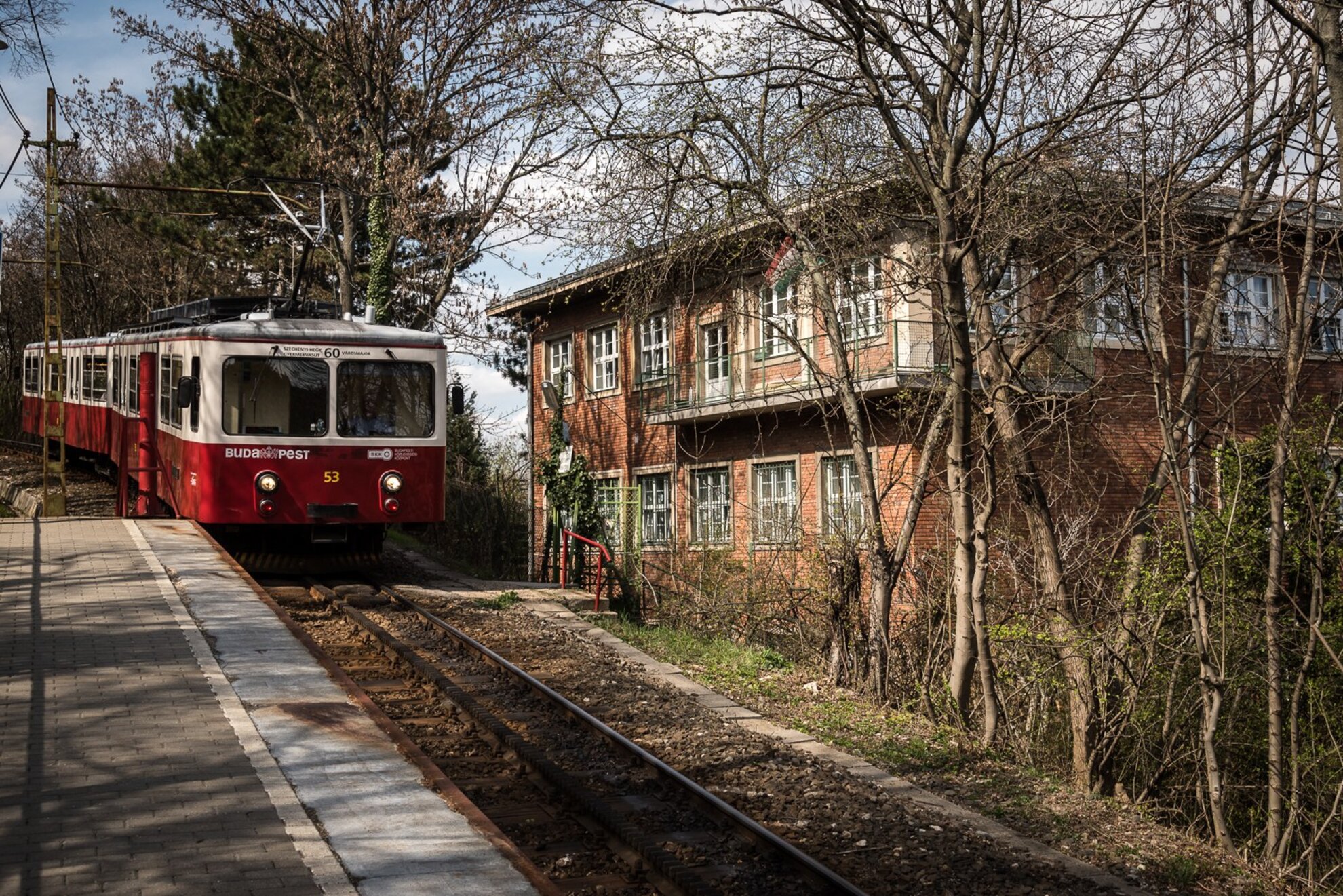
If you feel a bit more adventurous walk through Városmajor Park to the end station of the cogwheel railway at the intersection of Szilágyi Erzsébet Avenue and Nyúl Street, and take the unusual vehicle up the hill – the whole journey takes about 20 minutes. Today’s nostalgic red carriages have been in use since 1972, and from 2008, the line was degraded to tram line 60 of Budapest’s public-transport network.
The dark past of elegant villas and hostels
A hobby gardener and one of the greatest writers of the 19th century, Mór Jókai purchased the land for his villa from the royalties he received for his novel Egy magyar nábob. Jókai not only wrote his masterpieces on Sváb Hill, but also transformed an abandoned quarry into a flourishing garden and vineyard. Through Költő Street, you can approach the cozy garden that houses Jókai’s memorial room, as well the office of the Duna-Ipoly National Park.
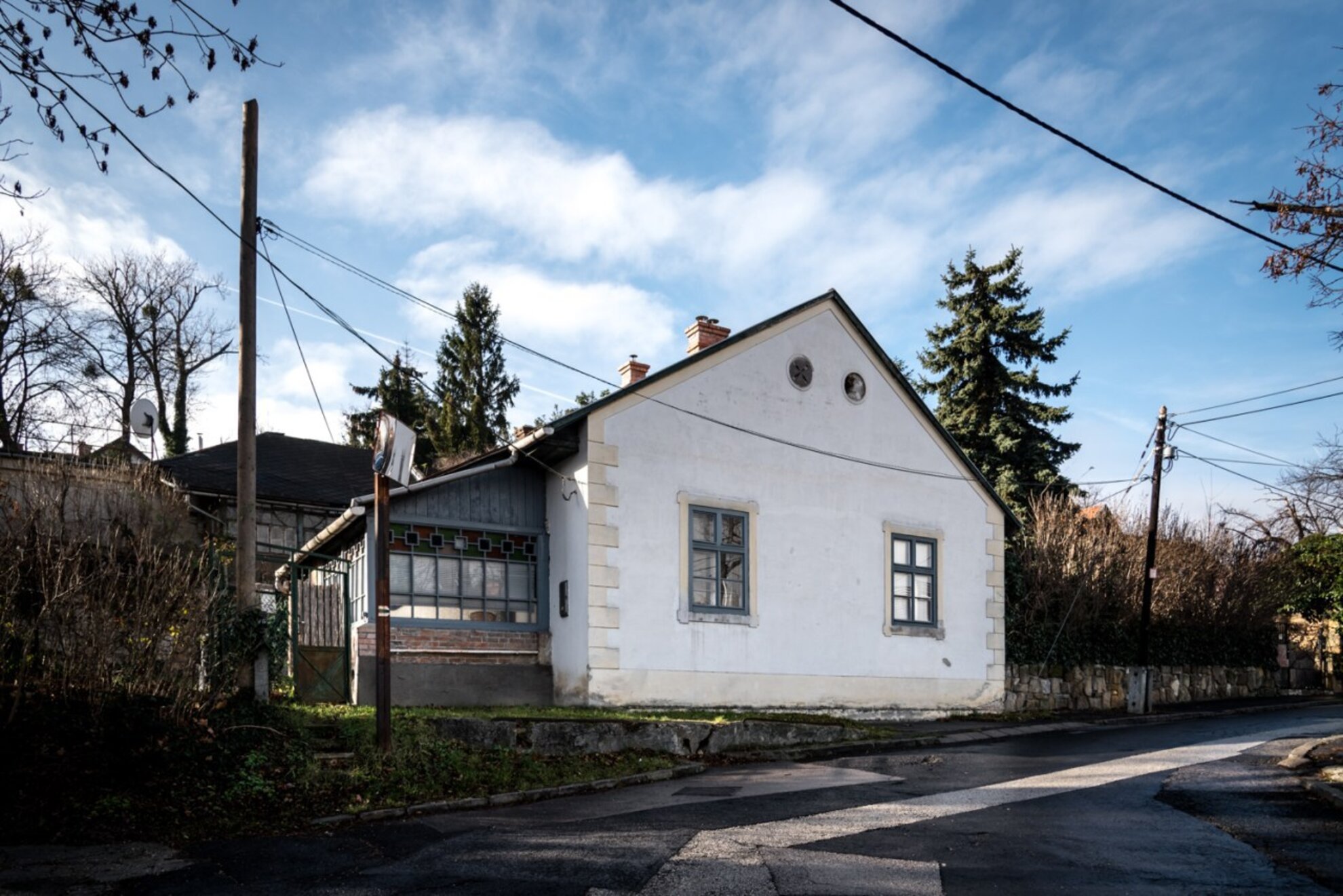
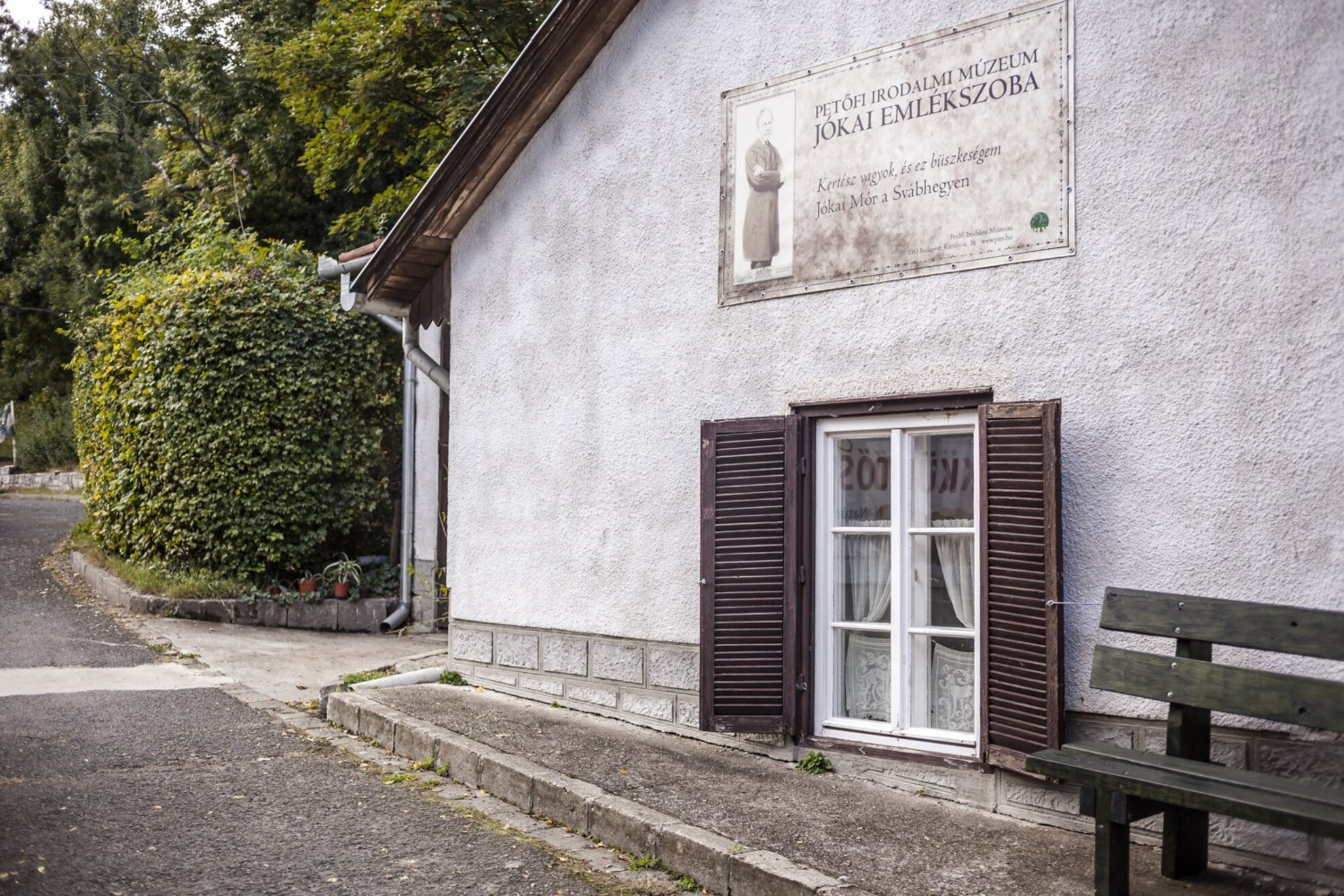
One of the loveliest classicist villas of the neighborhood, located at Diana Street 17, almost burned down last summer when the roof caught fire. The building, designed by József Hild, was built in the early 1840s. According to art historians, its columns draw on the motifs decorating Athen’s Tower of the Winds. The family of commissioner Karczag sold the villa to Ármin Herz, the founder of one of Hungary’s best-known salami factories, at the beginning of the 20th century. It was last renovated half a century ago – as shown by the wear and tear very much in evidence.
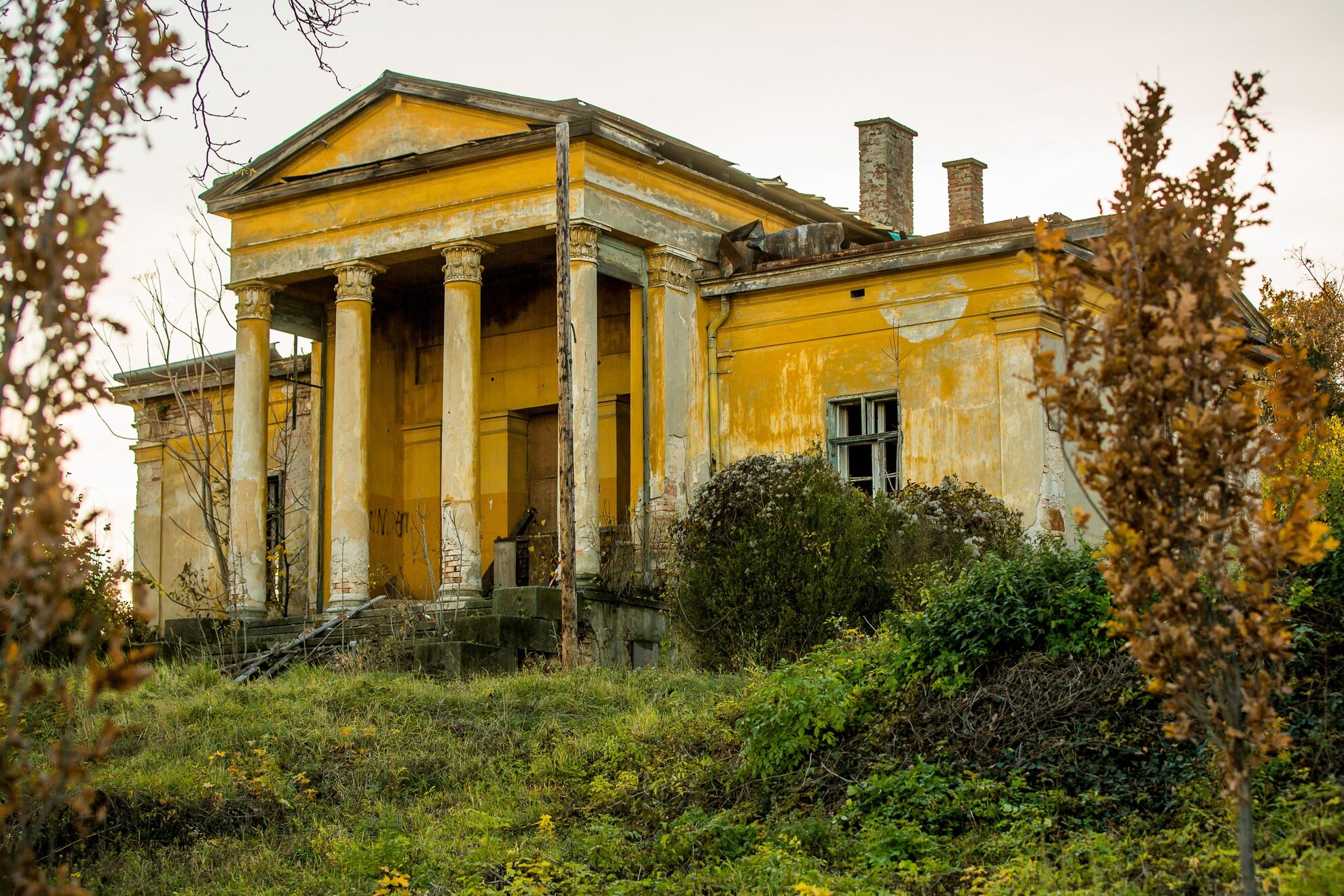
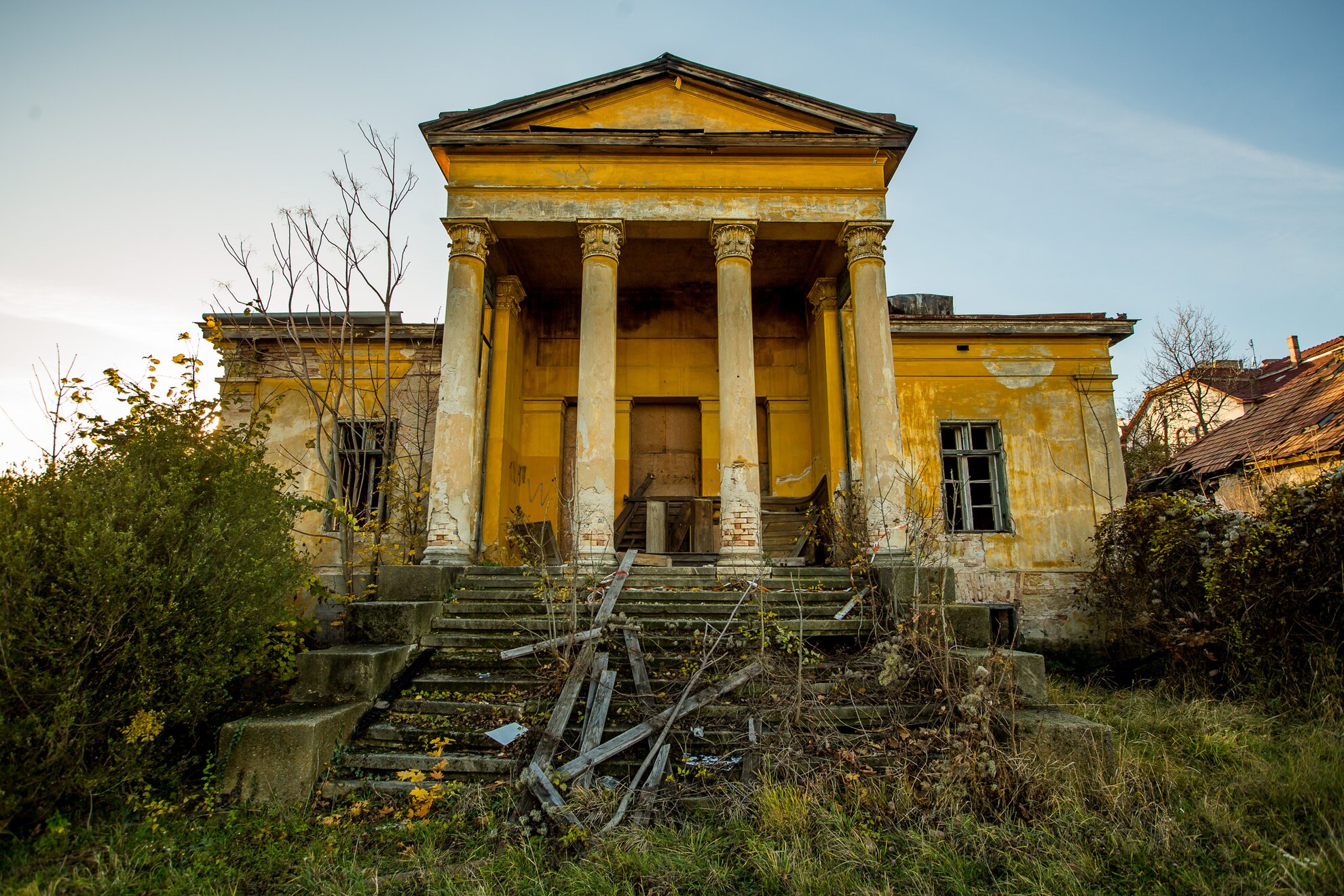
The neighborhood’s dark past is less known. The peaceful bourgeois era came to an abrupt end during the German occupation in 1944, when the Gestapo, the SS, the German Security Service and Adolf Eichmann moved in, bringing torture, jails and other horrendous misfortunes to the peaceful hillside area.
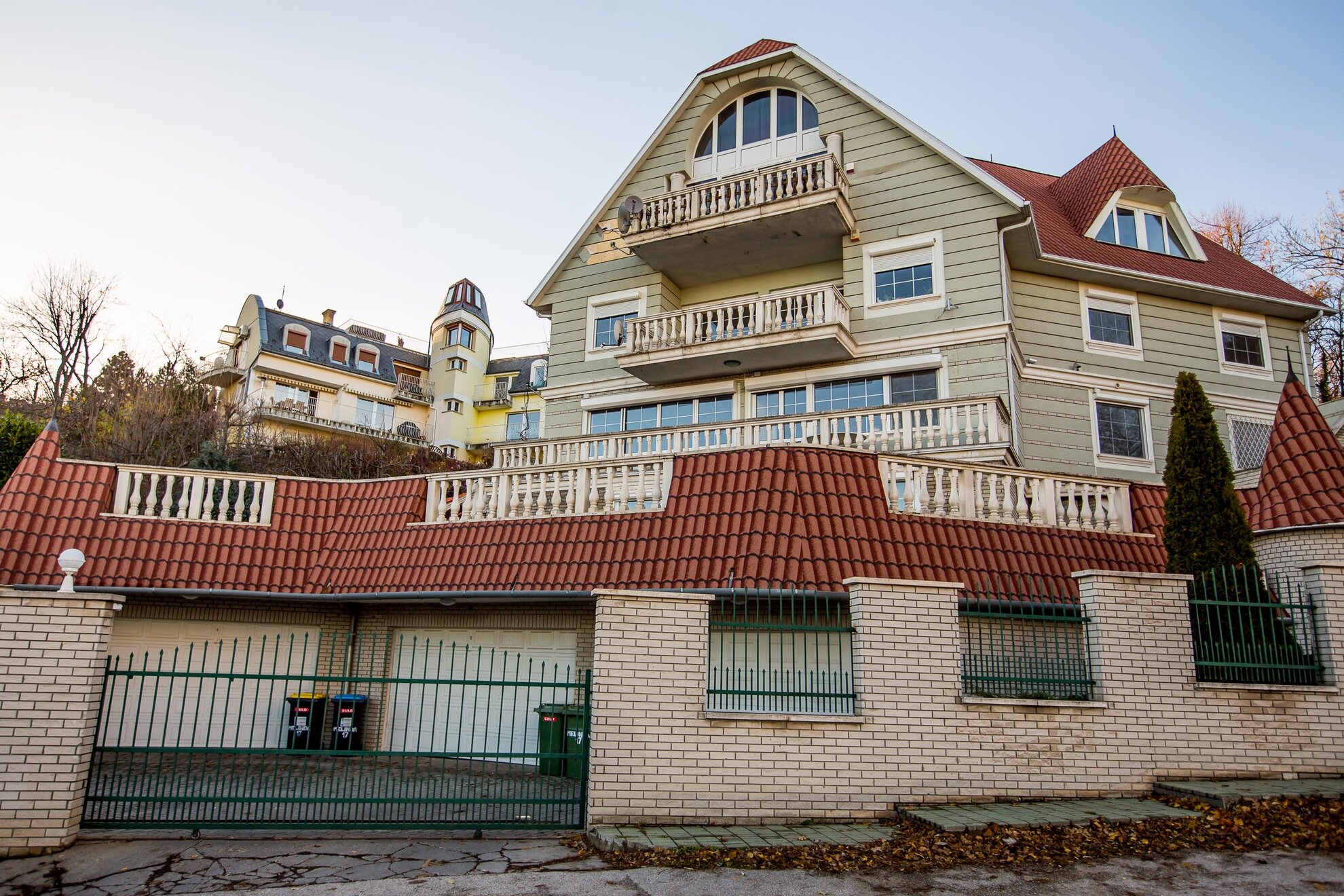
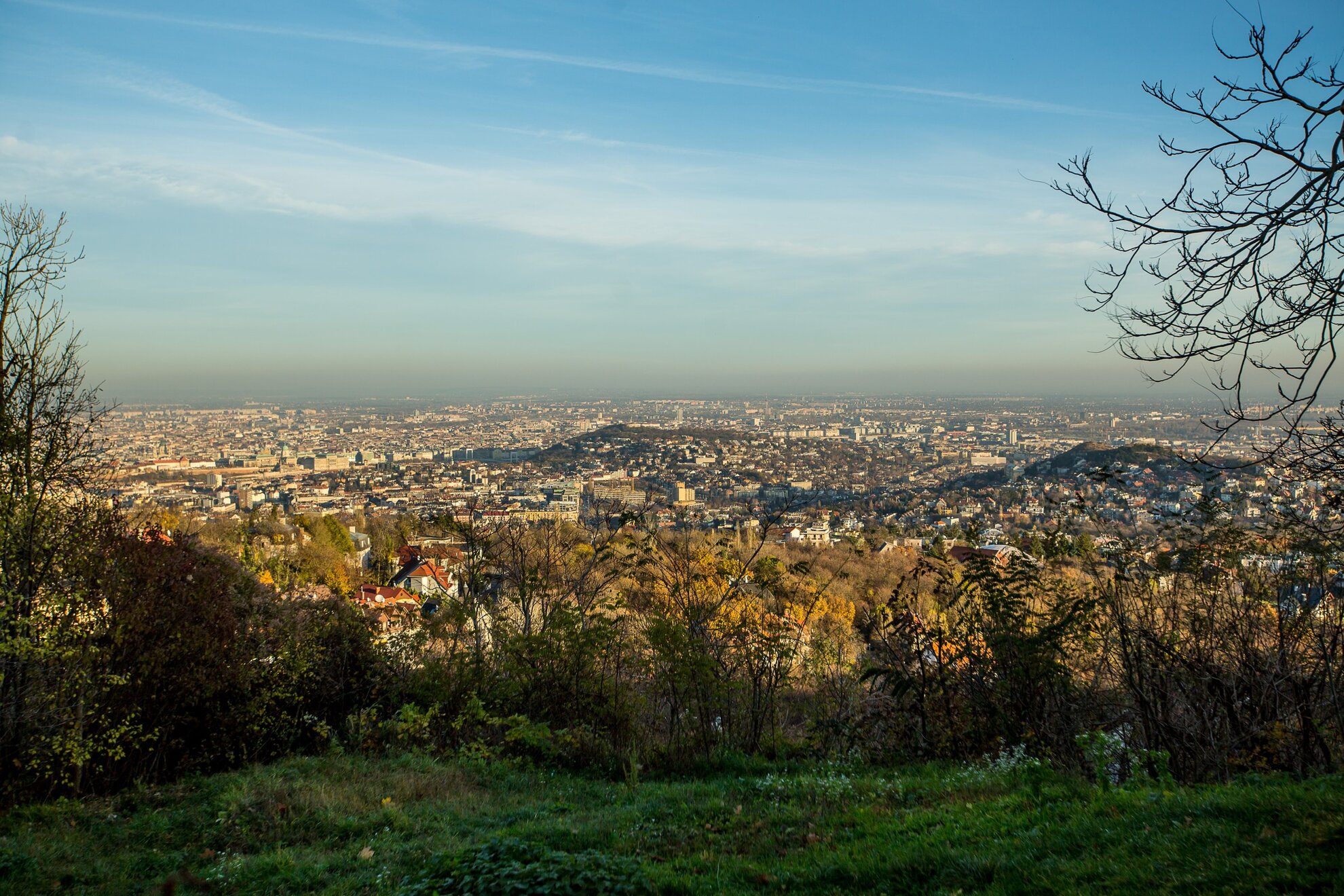
Peeking between the houses on Melinda Street, a panoramic view of Budapest unfolds. On the way, back towards Karthauzi Street and Művész Street, you might stop by Művész Street 2, where youy can find The Writer's Villa – an exclusive property for rent by the Brody House Group, adorned with stained-glass windows by Miksa Róth, and a beautifully renovated façade and interiors.
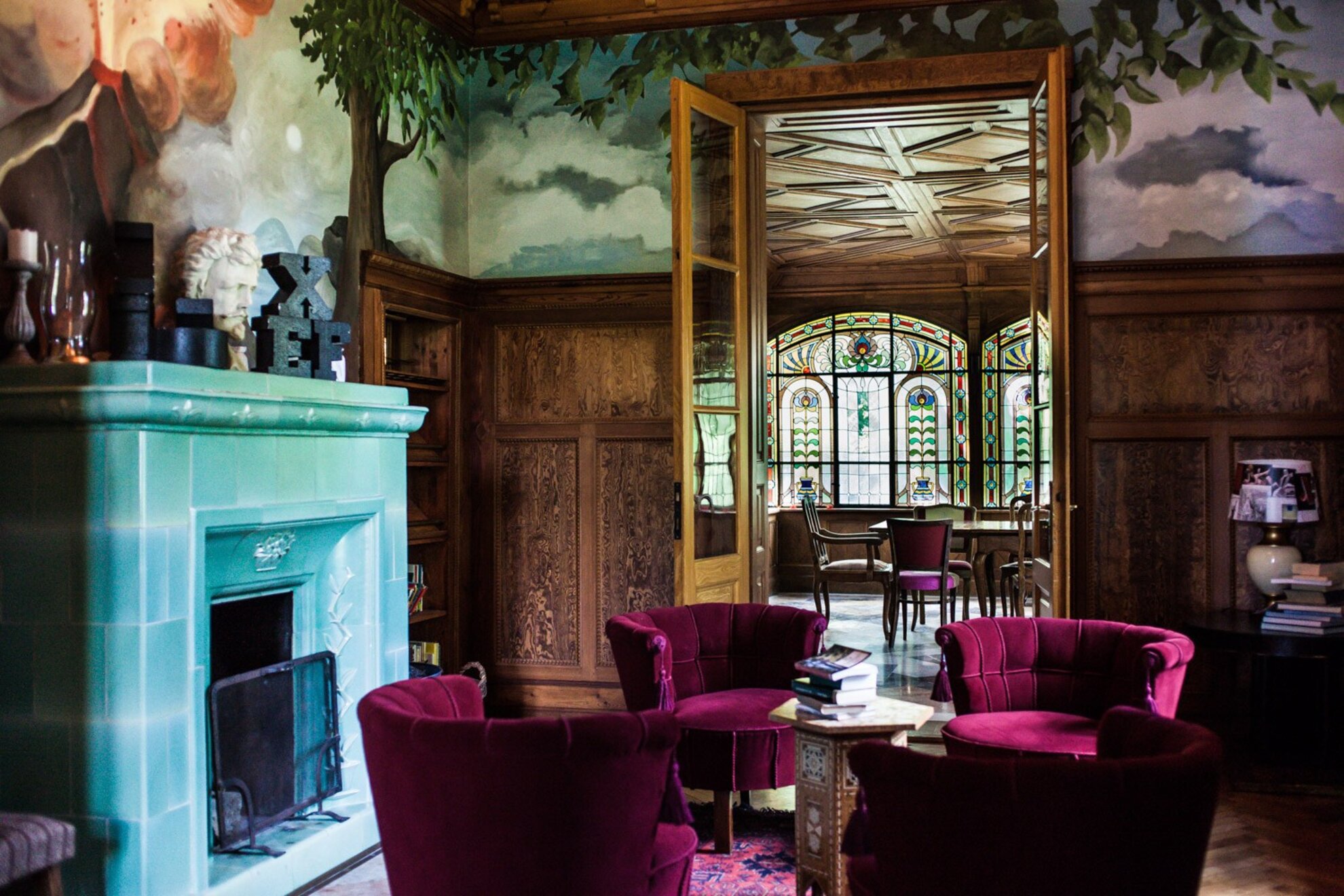
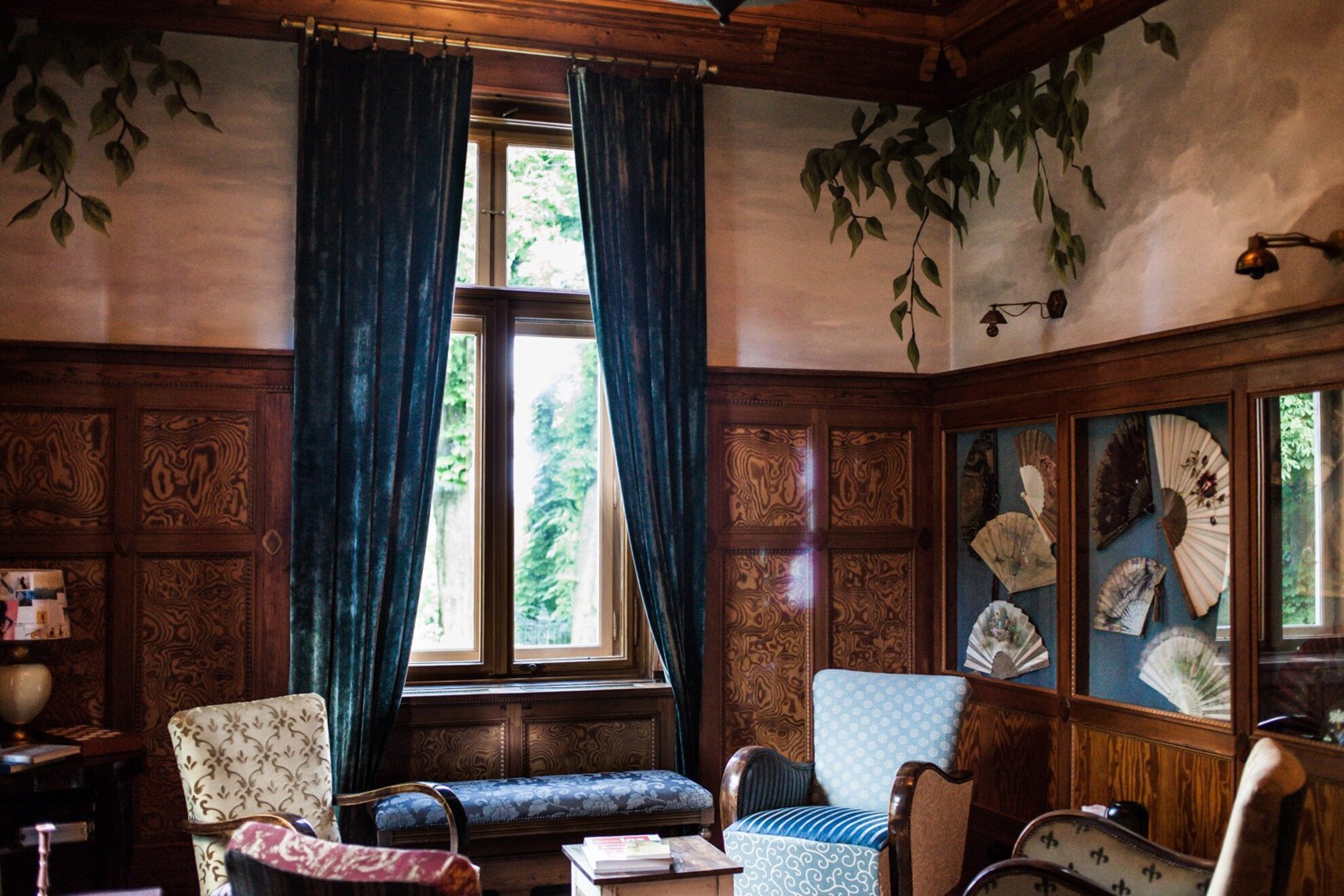
From here, you can take bus 21 to reach Normafa, where you can relax and reward yourself with tasty strudel and mulled wine.
